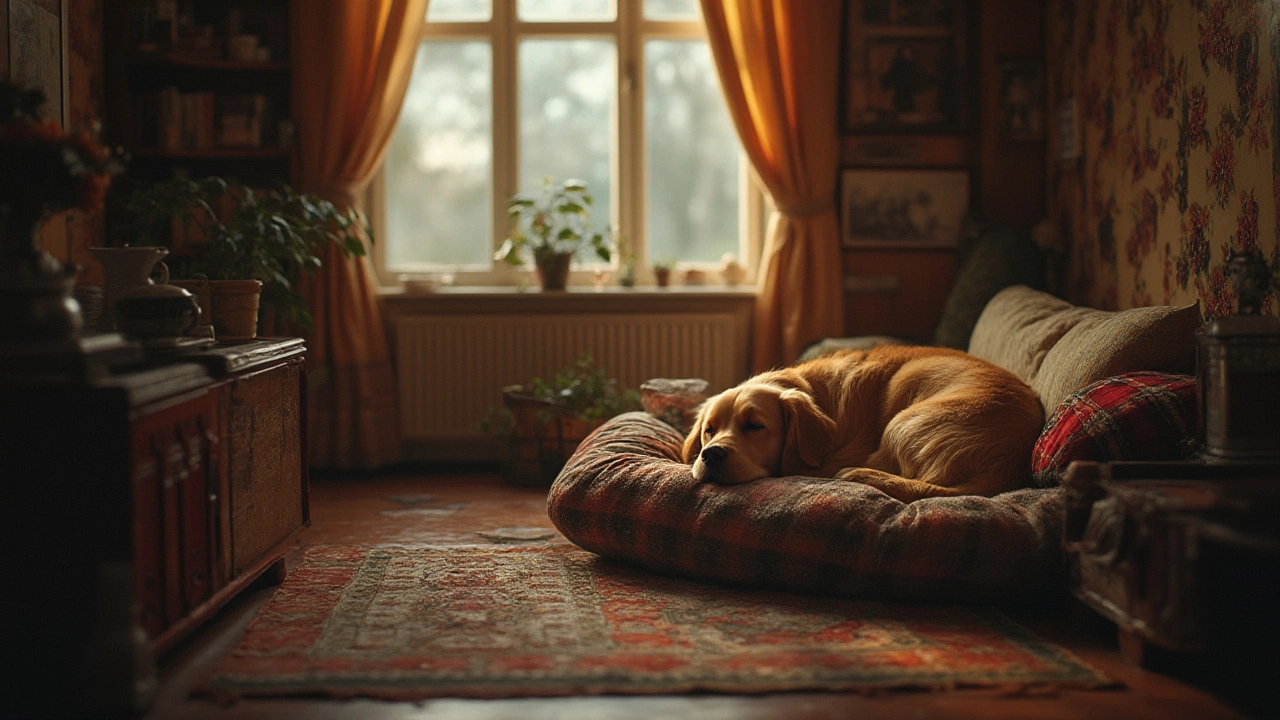Dog Night Light: Why Your Pup Needs One and How to Choose It
Ever notice your dog stumbling around the house after the lights go out? A dog night light solves that problem in seconds. It gives your furry friend a soft glow so they can see where they’re going, reduces anxiety, and keeps accidents to a minimum. Below you’ll find the basics of night lights for dogs, the best spots to put them, and what to look for when you shop.
What a Dog Night Light Actually Does
A dog night light is a low‑intensity lamp designed to be safe for pets. Most models use LED bulbs, so they stay cool and won’t burn a curious nose. The light is dim enough not to disturb your own sleep but bright enough for a dog’s eyes, which are more sensitive to motion than to colour. Many owners report that their dogs settle down faster, stop pacing, and feel more confident moving around at night.
Where to Place the Light for Maximum Benefit
Think about the places your dog uses after dark – the hallway, the kitchen, or the bedroom doorway. A plug‑in strip that slides under a cabinet works well for hallways, while a battery‑operated wand can be tucked behind the sofa for the living room. If your dog sleeps in a crate, a small night‑light on a nearby wall keeps the crate interior visible without shining directly into their eyes. The goal is to eliminate dark patches where a dog might bump into furniture.
Another tip: mount the light low, about a foot off the ground. Dogs look down when they move, so a light at eye level for a human can be too high for a pup. A low placement casts a gentle halo on the floor, guiding paws safely.
When choosing a night light, keep these factors in mind:
- Power source: Plug‑in models are reliable, but battery‑run lights offer flexibility for spots without outlets.
- Brightness level: Look for adjustable settings; a “night” mode at 1‑2 lux is usually perfect.
- Durability: Dogs love to chew, so a rubberized or shatter‑proof housing prevents accidents.
- Safety certifications: An UL or CE mark shows the unit meets electrical safety standards.
Price isn’t a big deal if the light meets the safety and durability criteria. You can find basic models for under £10, while premium options with motion sensors run about £30.
Motion‑sensor lights are a great upgrade. They turn on only when your dog moves, saving battery life and staying off when the house is quiet. This feature also helps train older dogs who may be hesitant to move in the dark – the light rewards them each time they step forward.
Finally, remember that a night light is just one part of a calm bedtime routine. Pair it with a comfy bed, a short walk before bedtime, and a consistent sleep schedule. When everything clicks, you’ll notice fewer midnight mischiefs and a happier, more relaxed pup.
Ready to pick a dog night light? Browse the selection on Comet’s Corner, read the reviews, and choose the model that fits your home layout. Your dog will thank you with quieter nights and smoother walks to the kitchen.
Posted By Bryndle Redding On 8 Jul 2025 Comments (0)
Should You Leave the Light On or Off for Your Dog at Night?
Unsure if you should turn off the light for your dog at night? Explore how darkness, anxiety, and home safety impact your dog's sleep and well-being.
READ MORE